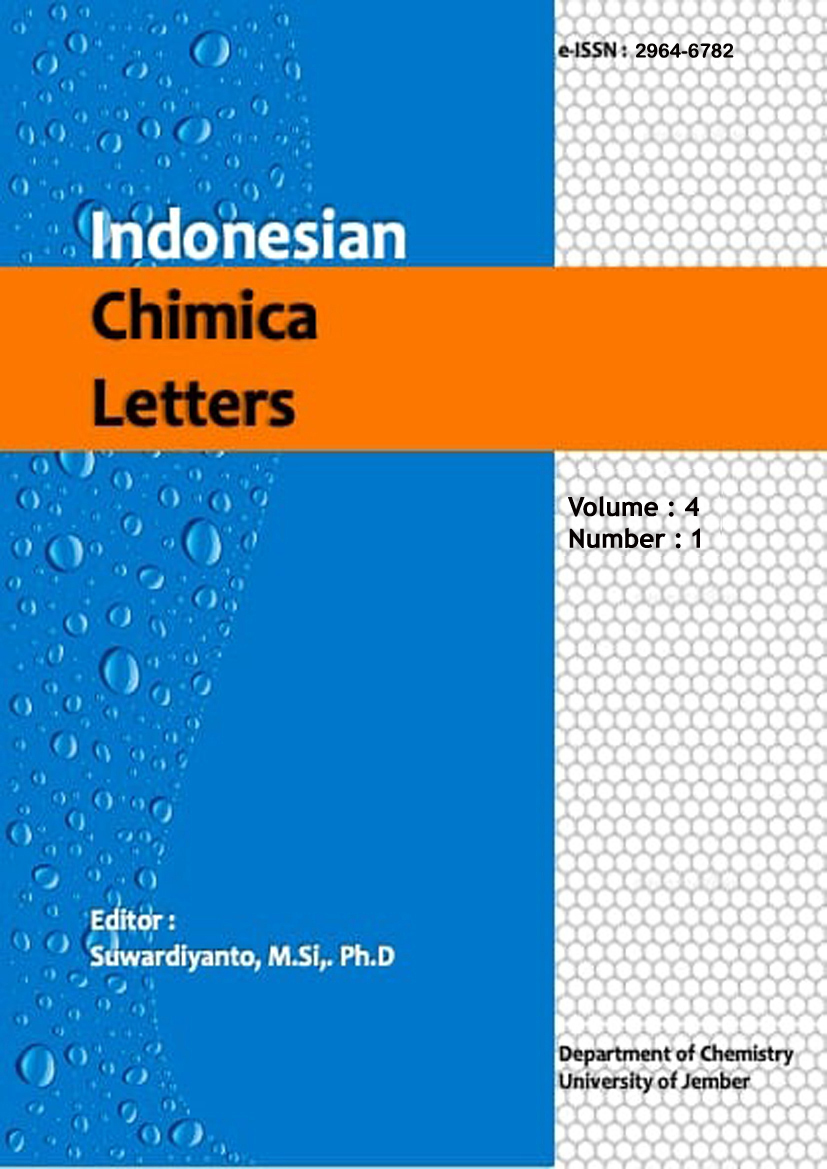Deployment Pattern of Lead (Pb) in Jenggawah Area, Jember, East Java
DOI:
https://doi.org/10.19184/icl.v4i1.5843Keywords:
AAS, contamination, Jenggawah, lead, soilAbstract
The damaging effects of lead (Pb) contamination in soil has been significant public health concern, mainly due to its toxicity. Jenggawah district, located in Jember regency, Indonesia, has experienced growing anthropogenic activity in recent years, leading to the necessity to map the prevalence of this dangerous element in this area. Therefore, this research aims to evaluate the spatial and vertical distribution of lead (Pb) contamination level in the soil of the Jenggawah area. The soil samples were collected using random sampling techniques from seven different locations at various distances from the roadside (0, 25 m, and 50 m) and different depths (0, 15 cm, and 30 cm). Then, the soil sample containing lead (Pb) content were extracted through an acid-based destruction and quantified using Atomic Absorption Spectrophotometry. This study explained that lead (Pb) concentrations in all soil samples from the Jenggawah area were below established thresholds (1 - 8 ppm) and consistently reduced with increasing soil depth. Additionally, the variation of lead content in terms of distance from the roadside revealed a more fluctuating pattern, possibly affected by ground surface conditions and wind factors. In conclusion, these results can provide environmental information and enhance the understanding of heavy metal risks in areas with moderate anthropogenic activity, such as Jenggawah.



